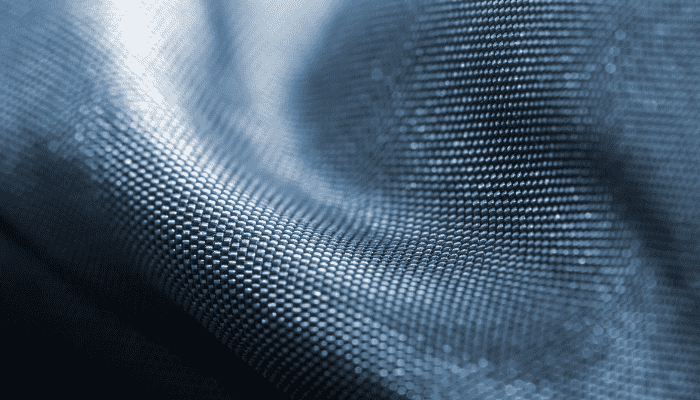When choosing fabrics for bag making, consider the fabric’s durability, weight, and aesthetic qualities. Here are ten essential fabrics suitable for bag making:
- Cotton Canvas: Durable and sturdy, cotton canvas is a versatile bag choice. It’s available in various weights and can be printed or solid.
– Pros: Durable, sturdy, breathable, easy to clean and maintain, available in various colors and patterns.
– Cons: It can be heavy and prone to wrinkling, and it may shrink in humid environments.
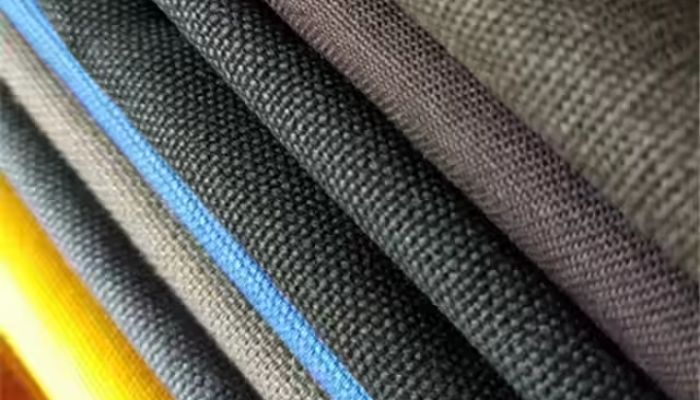
- Faux Leather: Offers a leather-like look without the high cost. It’s easy to clean and can add a sophisticated touch to bags.
– Pros: It is low-cost, resembles genuine leather, is easy to clean, and is available in various colors and textures.
The cons are that it may not be as durable as genuine leather, contains harmful chemicals (mainly traditional faux leather), and has poor breathability.
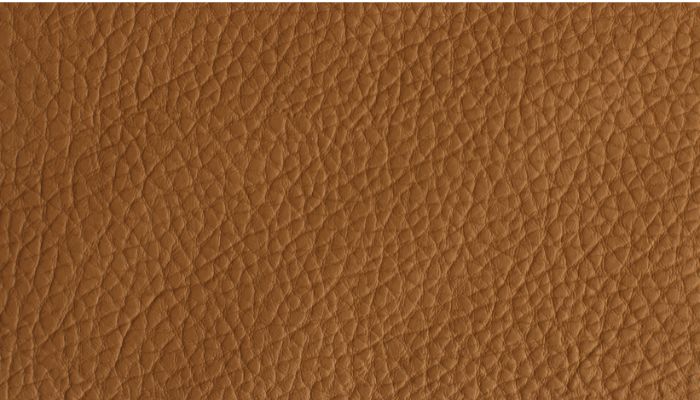
- Nylon: Nylon is ideal for outdoor bags and backpacks because it is known for strength and water resistance. It’s also lightweight and easy to clean.
– Pros: Lightweight, abrasion-resistant, high strength, water-resistant, easy to clean and maintain.
– Cons: It may deform under extreme heat, generate static electricity, and fade some dyes.
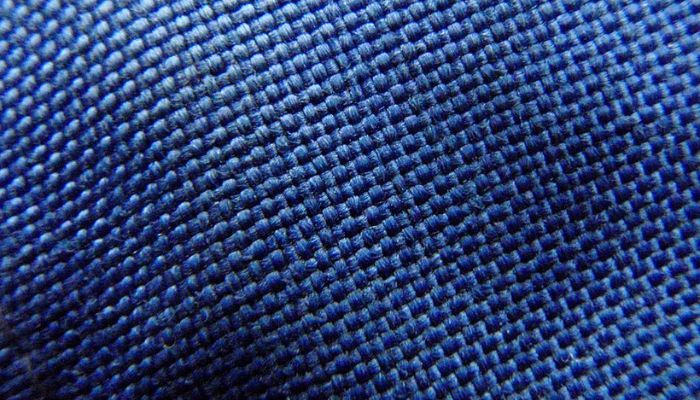
- Polyester: Another strong and durable option, polyester is resistant to tearing and stretching. It’s often used for outdoor gear and sports bags.
-Pros: It is abrasion-resistant, wrinkle-resistant, and resistant to shrinking. It is also easy to clean and maintain and has good elasticity.
– Cons: Poor breathability may generate odors under high temperatures, and some dyes may fade.
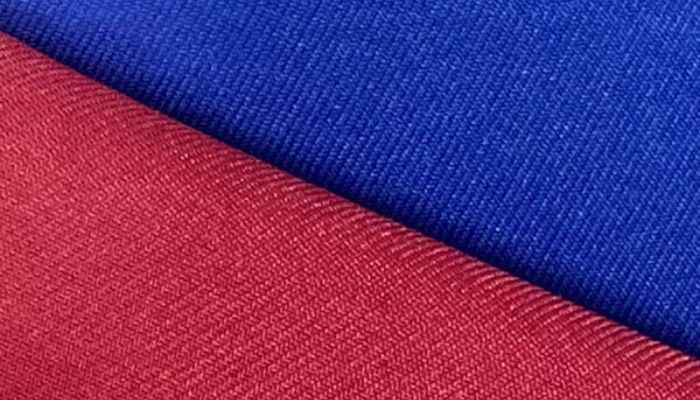
- Vinyl: Vinyl is waterproof and easy to clean, making it suitable for bags exposed to the elements. It’s often used for beach bags and totes.
– Pros: Waterproof, easy to clean, available in various colors and patterns, durable.
– Cons: It may not be environmentally friendly, softens under high temperatures, and is prone to scratches.
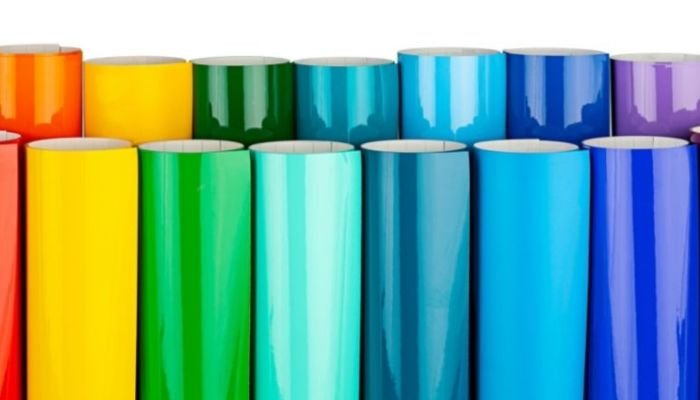
- Denim: Denim is a classic bag choice, offering durability and a casual look. It’s available in various weights and finishes.
– Pros: Durable, classic style, available in various colors and textures, becomes softer over time.
– Cons: It can be heavy, fade when washed, and shrink in humid environments.

- Waxed Canvas: Waxed canvas is water-resistant and durable, making it suitable for outdoor bags and accessories. It has a distinctive look and feel.
– Pros: Waterproof, durable, easy to maintain, has a unique vintage style.
– Cons: It can be heavy, may deform under extreme heat, and some dyes may fade.
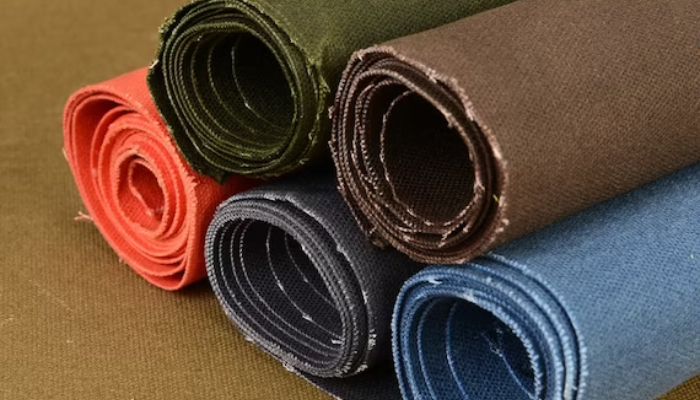
- Ultrasuede: A soft and durable synthetic suede, ultrasuede is ideal for bags that require a luxurious feel without maintaining genuine suede.
– Pros: Soft, easy to clean, available in various colors and textures, lighter than genuine leather.
The cons are that it may not be as durable as genuine leather, has poor breathability, and may deform under high temperatures.
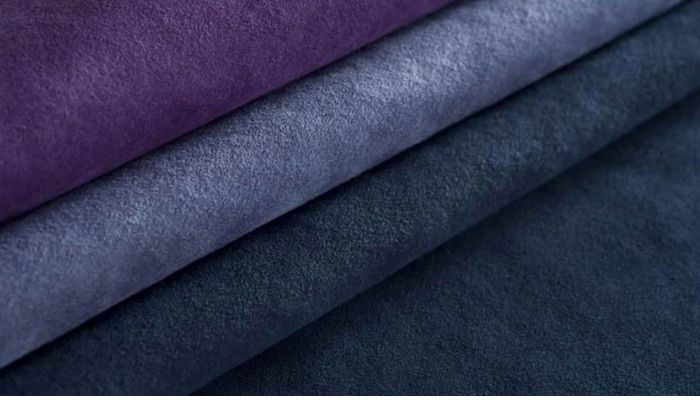
- Ripstop Nylon: Ripstop nylon is reinforced with a grid of stronger threads to prevent tearing. It’s lightweight and durable, perfect for travel bags and backpacks.
– Pros: Lightweight, abrasion-resistant, high strength, tear-resistant, water-resistant.
– Cons: It may deform under extreme heat, generate static electricity, and fade some dyes.
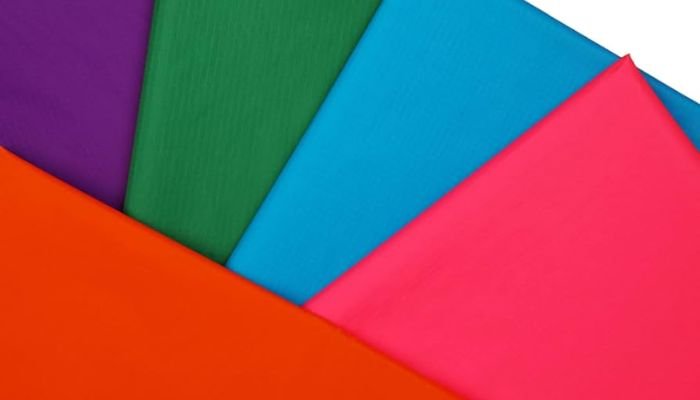
- Cordura: Cordura is a high-performance fabric known for its durability and abrasion resistance. It’s often used for military and outdoor gear.
– Pros: Abrasion-resistant, high strength, tear-resistant, water-resistant, easy to clean and maintain.
– Cons: It can be heavy, may generate static electricity in specific environments, and has a higher cost.

When selecting fabrics for bag making, consider the intended use of the bag, the desired aesthetic, and the durability required for the specific application.



